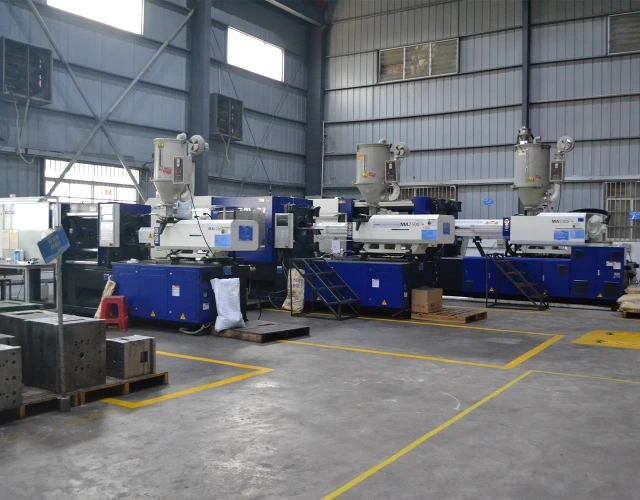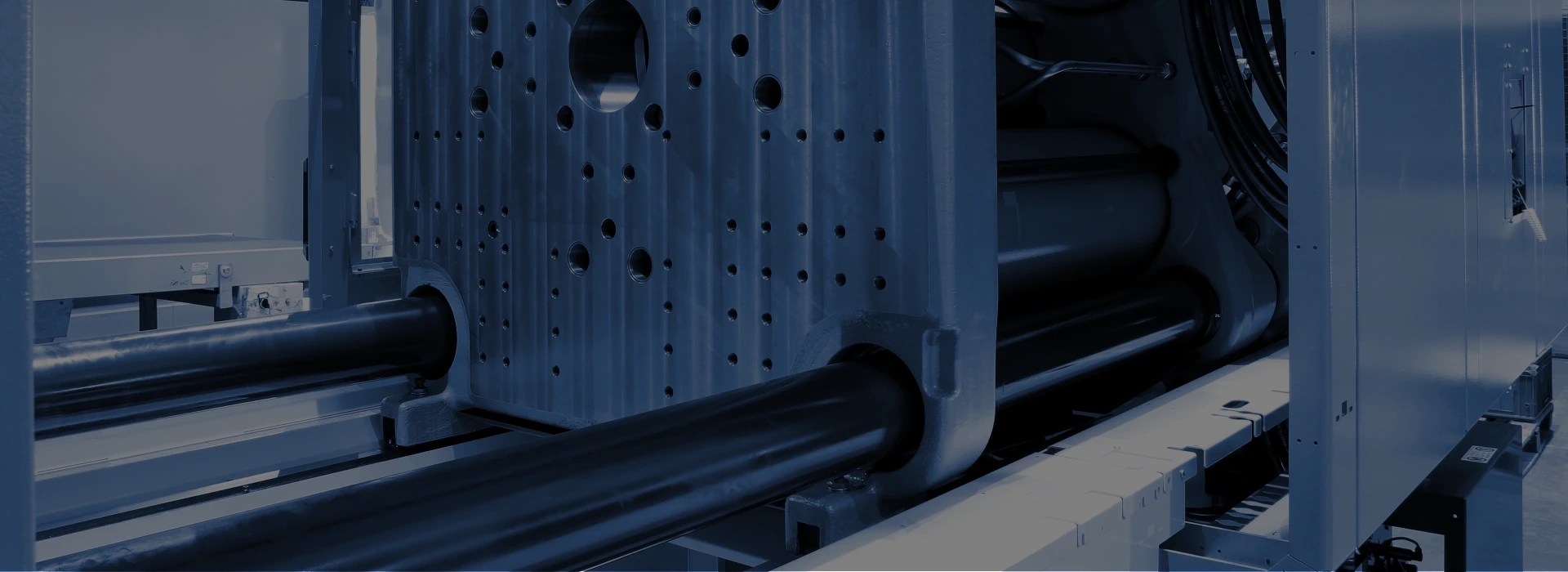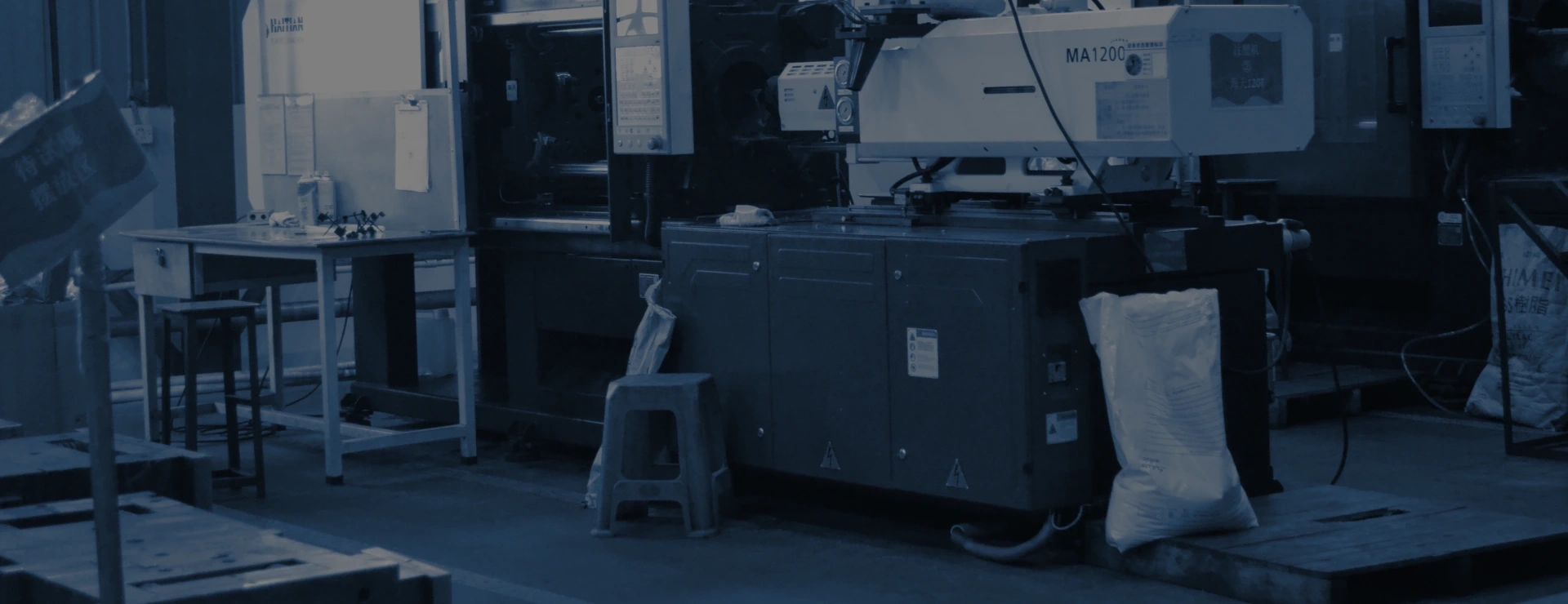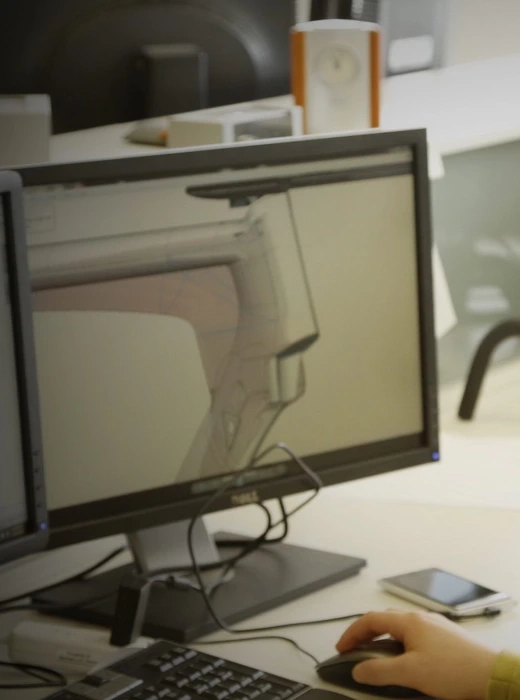- Room 202, Building 7, No. 125, Yongjun Road, Dalingshan Town, Dongguan City.

What Is Injection Molding?
Rapid Tooling is a manufacturing process that rapidly creates molds for short-term production using technologies such as 3D printing, CNC machining, or silicone mold replication. Compared to traditional steel molds, it can complete mold production within 5 to 15 days and supports small-batch injection molding, die-casting, or sheet metal forming of 50 to 10,000 pieces. This technology is suitable for product development verification, market trial runs, or short-term production needs, significantly reducing upfront mold development costs and cycles, and serving as a bridge between prototypes and mass production.

Advantages and Disadvantages of Rapid Prototyping Mold
Rapid mold technology offers efficient solutions for product development.
Using techniques such as silicone mold replication, 3D printing molds, or simple aluminum molds, the mold can be completed within 5 to 15 days, which is over 70% shorter than the traditional steel mold cycle. This technology supports small-batch trial production of 50 to 1,000 pieces, reducing the single-piece cost by 60%. It is particularly suitable for the product iteration verification stage. The rapid mold not only has the injection molding-level dimensional stability (±0.1mm) but also has flexible material adaptability. It can process special-effect parts such as transparent and flexible ones, effectively reducing the risk of new product development.
Injection molding process flow
Injection molding is a large-scale production method that involves injecting molten plastic under high pressure into a steel mold and then rapidly cooling it to form the product. The main process includes:
Raw material pre-treatment: Plastic particles drying (80 - 120℃ / 4 hours)
Melt injection: The screw is heated (at 180-300℃) and then subjected to high pressure (50-150 MPa) before being injected into the mold cavity.
Pressure retention cooling: Maintain pressure to compensate for shrinkage, and cool and shape (cycle 15 - 60 seconds)
Top-out picking: Mechanical pin demolding, with water-jet parts entering the post-processing stage
Why Choose Our Injection Molding Service?
Unmatched Lead Times
Reduce your product development cycle by weeks—sometimes months—and bridge to production with injection-molded parts within days. Some injection molding orders can ship in as fast as 1 day.
No Minimum Order Quantities (MOQs)
Procuring parts on demand, without MOQs, helps you manage market or demand volatility and provides a cost-effective source for bridge production, line-down emergencies, end-of-life production, or product customization.
Design for Manufacturing Feedback
Every quote includes real-time pricing and design analysis. We evaluate your 3D CAD and help identify any features that may pose challenges during the molding process such as difficult to machine undercuts and insufficient draft.
Injection Molding Expertise
We'll work with you throughout the course of your project to help you quickly move from prototyping to production, including finishing options and inspection reporting.
Popular materials used in plastic injection molding
ABS (Acrylonitrile-Butadiene-Styrene)
Features: High strength, good impact resistance, easy to process
Applications: Electronic enclosures, toys, automotive interiors
PP (Polypropylene)
Features: Resistant to chemical corrosion, food-grade, lightweight
Applications: Packaging containers, medical supplies, household products
PE (Polyethylene)
HDPE (High Density): High rigidity, used for bottle caps, pipes
LDPE (Low Density): Good flexibility, used for films, hoses
PC (Polycarbonate)
Features: High transparency, impact resistance (bulletproof glass grade)
Applications: Optical lenses, safety helmets, electronic displays
PEEK (Polyetheretherketone)
Features: High temperature resistance (260℃), flame retardant,
biocompatible
Applications: Aerospace components, medical implants
TPU (Thermoplastic Polyurethane)
Features: Wear-resistant, high elasticity
Applications: Shoe soles, industrial hoses
PA (nylon)
PA6/PA66: resistant to wear and corrosion, used for gears and bearings
Glass fiber reinforced PA: strength increased by 50%, used for automotive structural components

Material selection in injection molding part design.
In the development of injection-molded products, the selection of materials directly affects the product's performance, cost, and production feasibility. It is necessary to comprehensively evaluate the three core dimensions:
Environmental Adaptation
High Temperature Environment: PEEK (Continuous
use at 260℃)
Food Contact: FDA Certified PP/PE
Outdoor Weather Resistance: UV Stable ABS
Mechanical performance requirements
Structural components: Preferentially use glass fiber
reinforced materials (such as PA6 + 30% GF, with
flexural strength of 200 MPa)
Flexible components: Select TPE/TPU (Shore hardness
ranging from 50A to 90D)
Cost and process balance
Mass production: General-purpose plastics
(PP/ABS) reduce unit cost
Precision parts: LCP (good fluidity, suitable
for thin walls)
Request A Quote
undefined










